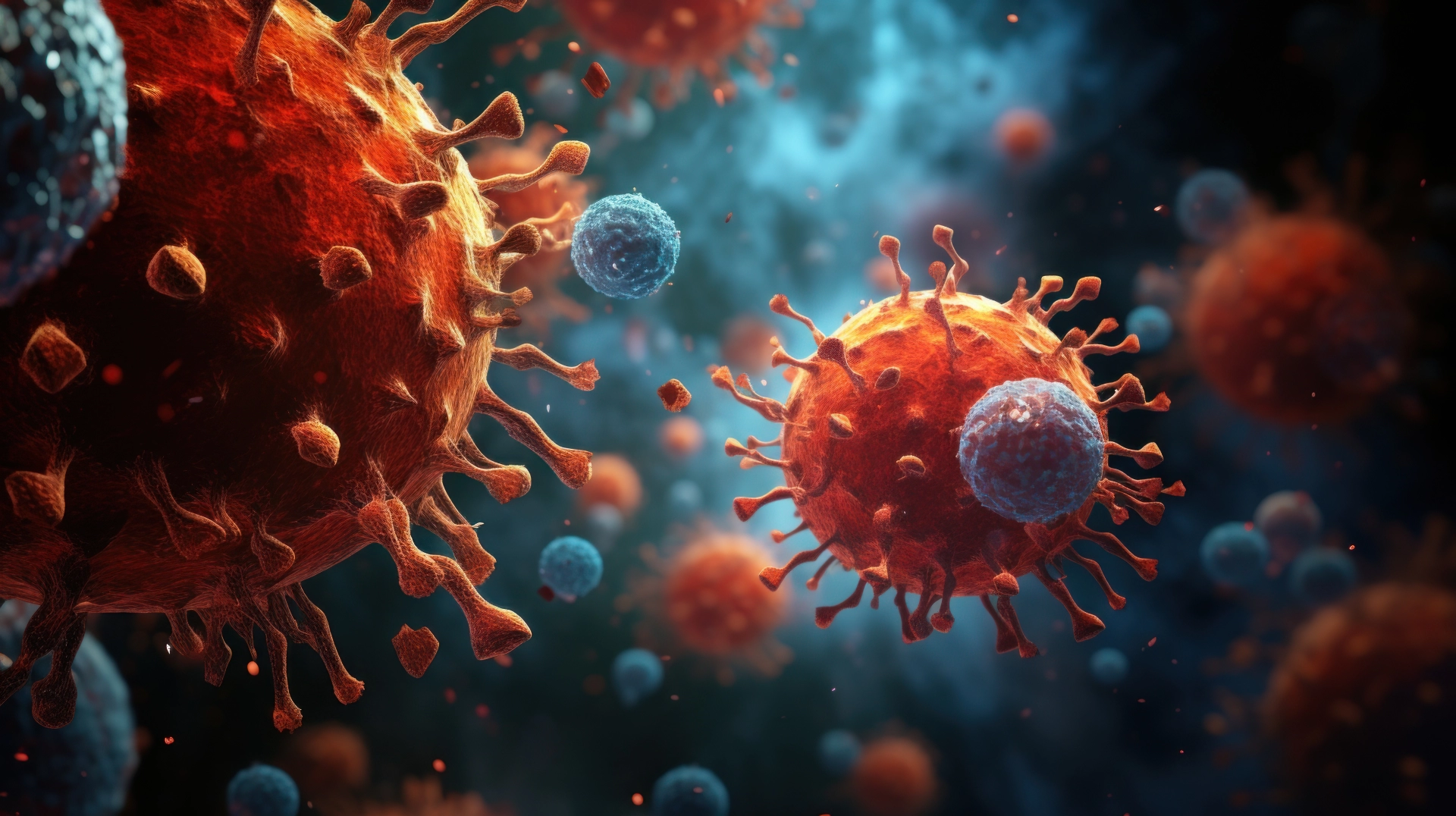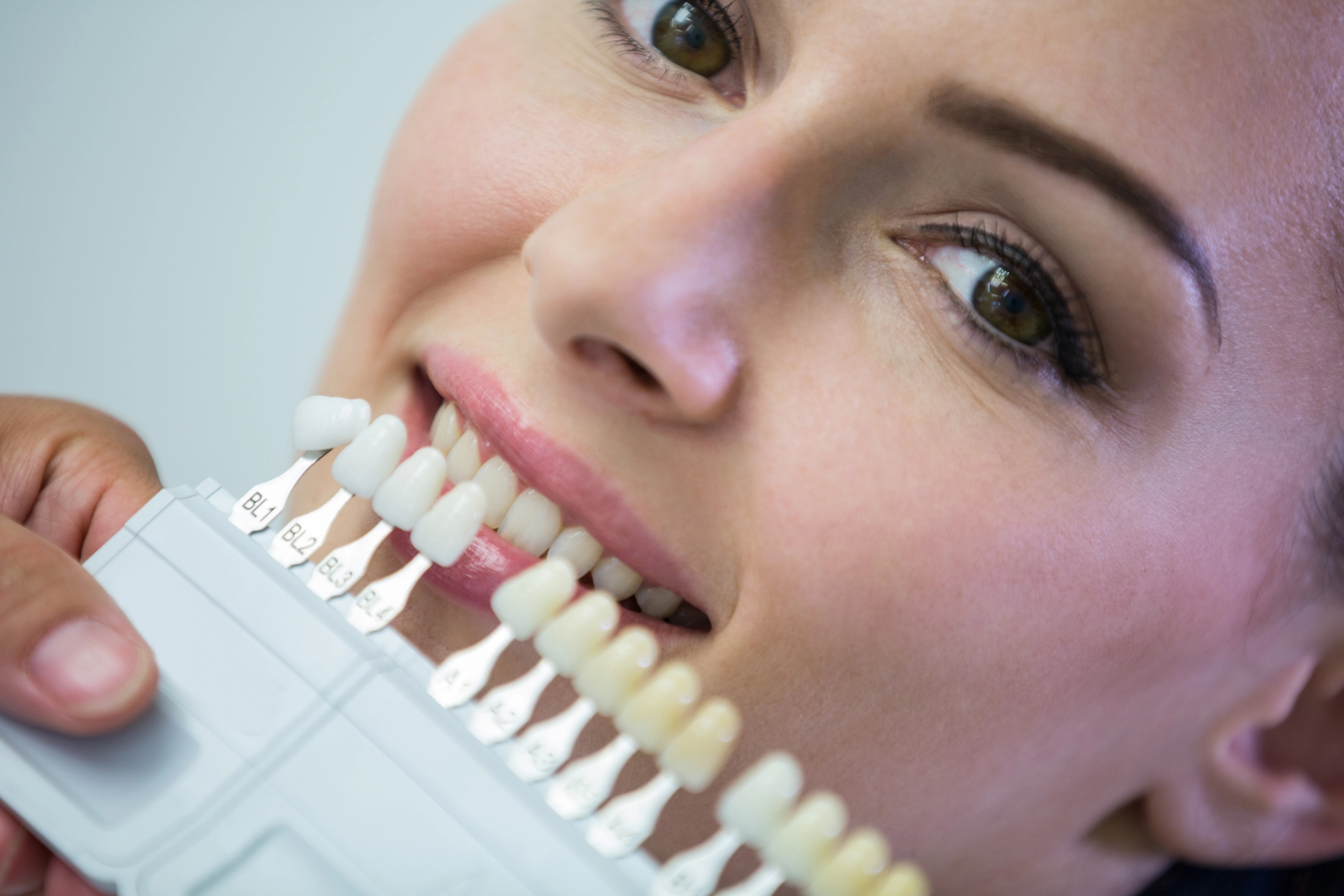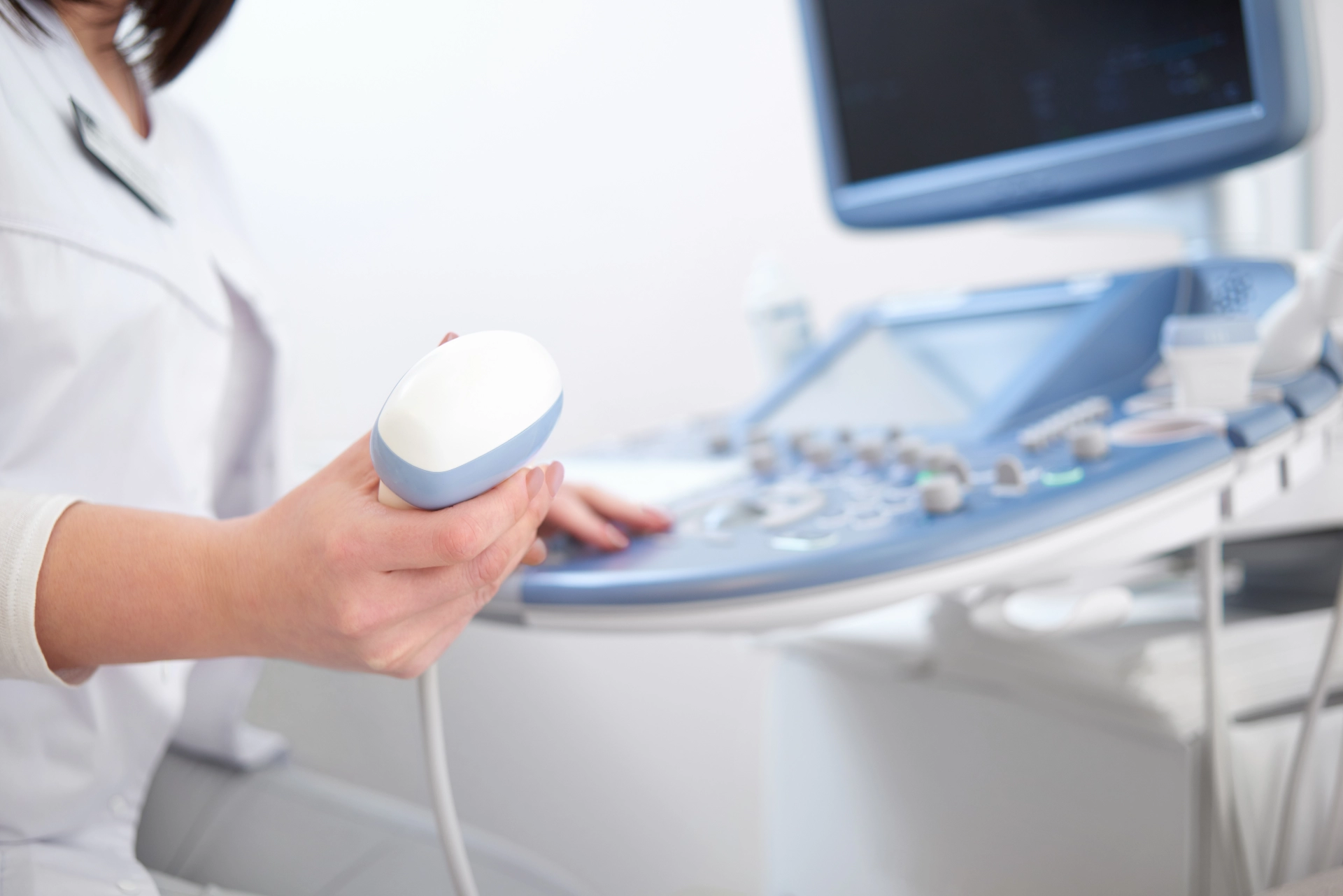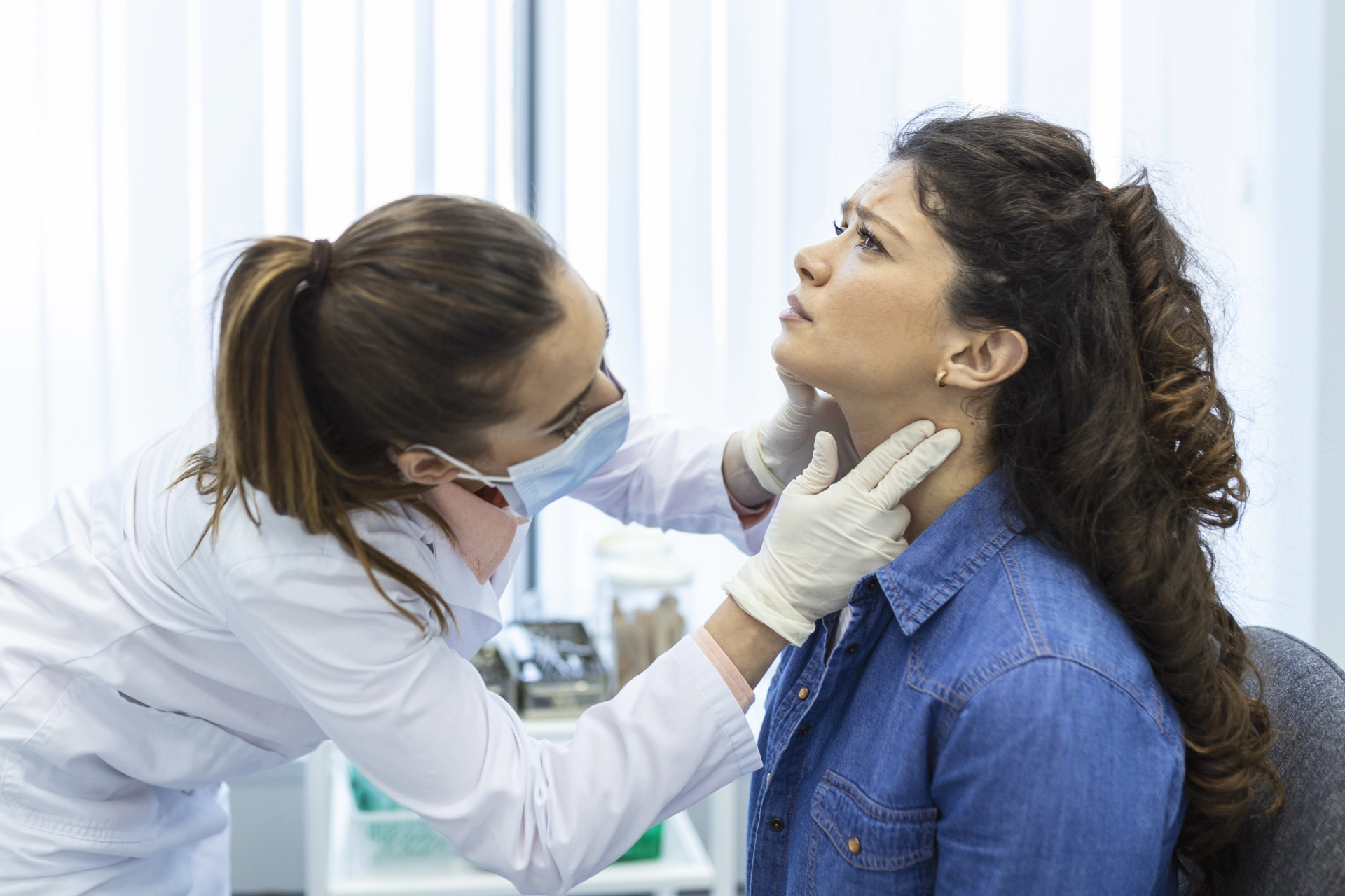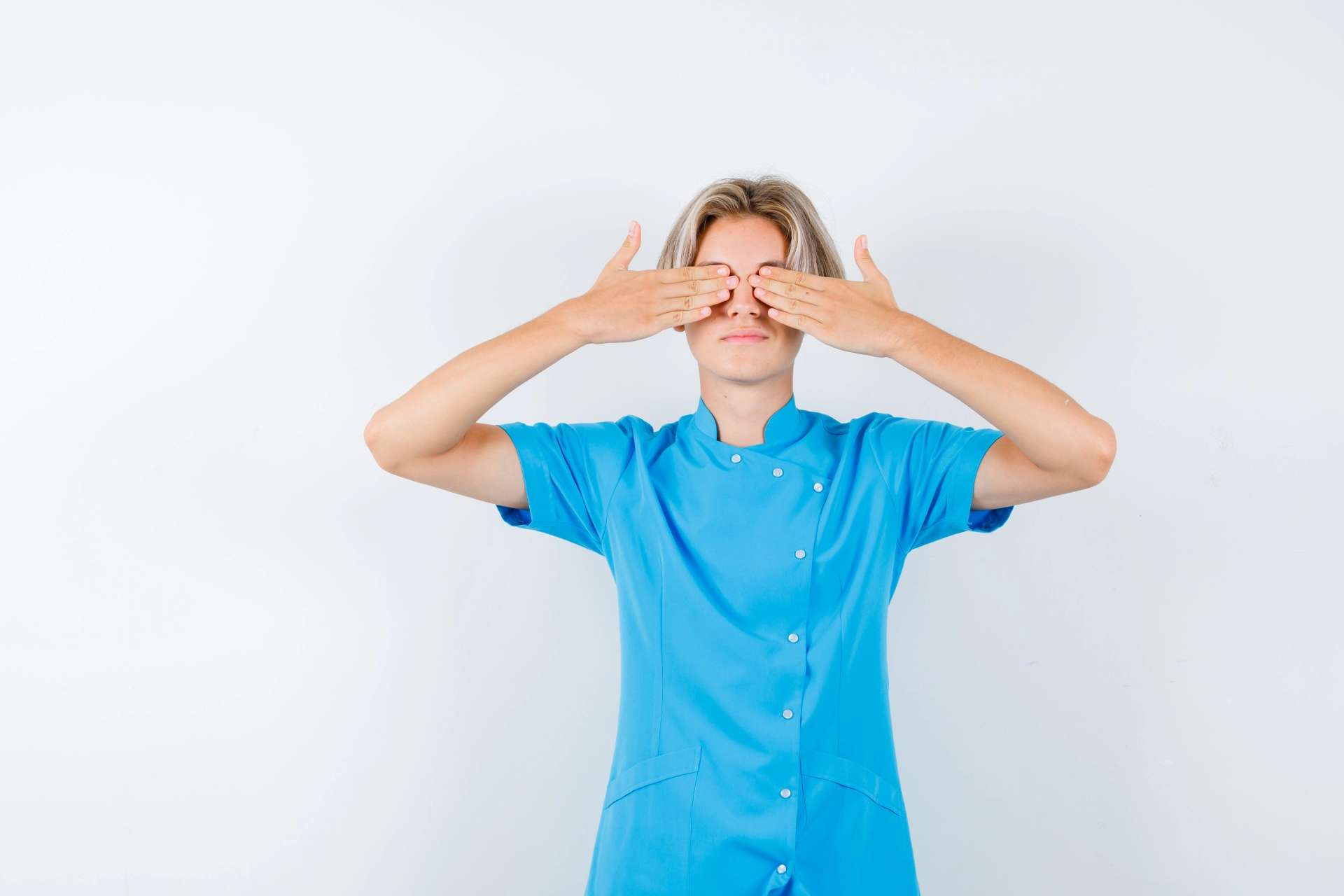What you need to know about pregnancy
22 September 2025
Pregnancy is a special time in a woman's life when a future baby develops in her uterus. Conception most often happens after sexual intercourse, but it can also occur with the help of assisted reproductive technologies (ART). You can tell if you're pregnant using home tests or a blood test. Some of the earliest signs include a missed period, nausea, and fatigue. Most pregnancies end with the birth of a child, either naturally or by cesarean section. However, outcomes like miscarriage, abortion, or stillbirth are also possible.
How Conception Happens
Pregnancy begins when an egg and a sperm meet:
• Ovulation: Once per cycle, an ovary releases an egg that waits in the fallopian tube for a sperm for 12–24 hours.
• Fertilization: Millions of sperm race toward the egg, but only one fuses with it.
• Embryo Development: The fertilized egg (zygote) begins to divide, becoming a blastocyst.
• Implantation: About three days later, the blastocyst reaches the uterus and attaches to its wall.
From this point, the placenta starts to form, and the embryo develops into a fetus. During this period, the woman's body produces special hormones that stop menstruation and support the baby's development.
Assisted Reproductive Technologies (ART)
If natural conception is difficult, a doctor can help:
• IUI (Intrauterine Insemination): Sperm are injected directly into the uterus during ovulation.
• IVF (In Vitro Fertilization): An egg is fertilized by sperm in a lab, and the resulting embryo is placed in the uterus.
How Long Pregnancy Lasts
On average, a pregnancy lasts
40 weeks or 280 days. However, the duration is counted from the first day of the last menstrual period, not from the moment of conception. So, when a woman discovers she's pregnant (about two weeks after ovulation), she is already considered to be around 4 weeks along.
How to Calculate the Due Date
The simplest way is:
• Write down the date of your last menstrual period.
• Add 7 days.
• Count back 3 months.
• Add 1 year.
Keep in mind that only about 5% of women give birth exactly on their estimated due date. An ultrasound can determine the due date more accurately.
Gestational Age
Gestational age is the length of a pregnancy, measured in weeks and days from the last menstrual period, not the actual date of conception. For example, 22 weeks and 3 days of pregnancy.
Trimesters of Pregnancy
Pregnancy is divided into three stages, each lasting about 13 weeks.
• First Trimester (0–13 weeks): This is the most crucial stage when all of the fetus's organs are formed. Symptoms might include fatigue, nausea, breast tenderness, changes in appetite, constipation, and mood swings. Doctors recommend prenatal vitamins and avoiding alcohol, tobacco, drugs, and certain foods.
• Second Trimester (14–28 weeks): Nausea usually lessens and well-being improves. New changes can occur, such as weight gain, muscle aches, darkening of the areolas, the appearance of a pregnancy line, and the baby's first movements.
• Third Trimester (29–40 weeks): This is the final stage where the fetus actively grows and gains weight. A woman may experience shortness of breath, back pain, frequent urination, and difficulty sleeping. The first signs of labor, such as contractions and the passing of the mucus plug, may also appear.
Full-Term and Preterm Pregnancies
• Term pregnancy: 39–40 weeks.
• Early-term: 37–38 weeks.
• Late-term: 41 weeks.
• Post-term pregnancy: After 42 weeks.
Why Is Prenatal Care Needed?
Regular visits to the doctor allow for monitoring the health of both the mother and the child. At appointments, the doctor will measure your blood pressure and weight, check lab results, listen to the fetal heartbeat, perform an ultrasound, and give you recommendations on diet and lifestyle.
Here is a typical visit schedule:
• Until week 28: once a month.
• 28–36 weeks: every 2 weeks.
• After week 36: weekly.
How Much Weight Should You Gain?
The normal amount is individual, but it is most often 11–16 kg throughout the entire pregnancy.Dalimed Medical Center Cares for You
Pregnancy is an important and responsible stage that requires professional support. At
Dalimed Medical Center, you will receive comprehensive care, from your first tests and ultrasounds to preparation for childbirth. Our experienced specialists will help you get through all the stages of pregnancy calmly, ensuring the health of both the future mother and the baby.
